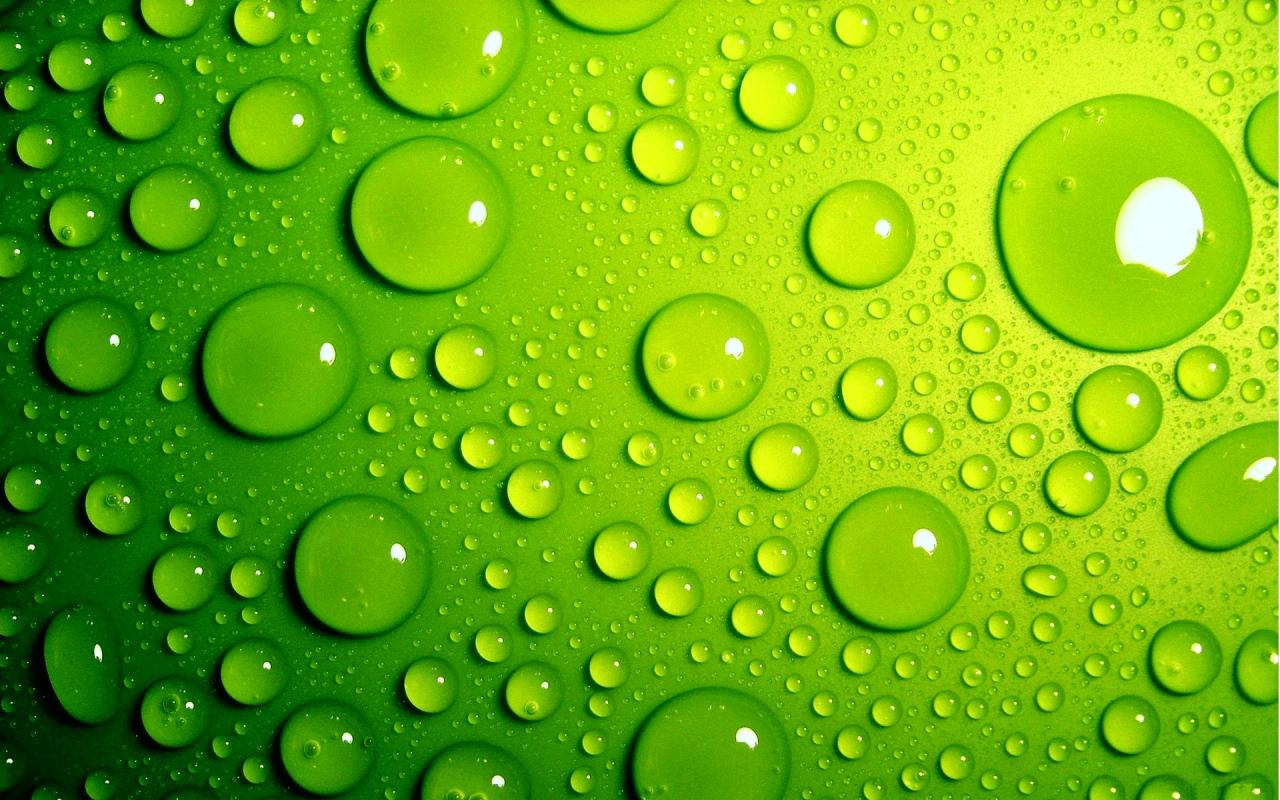The color green, a ubiquitous hue in our natural world, evokes a myriad of associations: life, growth, nature, renewal, and hope. From the lush canopy of rainforests to the tender shoots of spring, green is a color deeply ingrained in the human experience. Yet, beyond its universal presence, the way "green" is perceived, categorized, and expressed linguistically varies significantly across cultures, offering a fascinating glimpse into diverse worldviews, historical contexts, and environmental relationships. This article delves into the rich tapestry of how "green" manifests in other languages, exploring its direct translations, the intriguing nuances of its categorization, and its profound cultural and modern-day symbolic resonance.
More Than Just a Word: The Core Translations
At first glance, translating "green" might seem straightforward. Many European languages, for instance, have a direct equivalent:
- French: vert
- Spanish: verde
- Italian: verde
- German: grün
- Dutch: groen
- Portuguese: verde
- Russian: зелёный (zelënyy)
- Swedish: grön
- Finnish: vihreä
These words largely align with the English understanding of green, referring to the color of grass, leaves, and often, environmental concepts. However, even within these seemingly direct translations, subtle differences can emerge in idiomatic expressions or specific contexts. For instance, while verde in Spanish and Portuguese covers most shades of green, the term for a "green light" (traffic signal) is usually luz verde, mirroring English. Yet, the phrase "green with envy" translates differently, often becoming "verde de envidia" (Spanish) or "verde de inveja" (Portuguese), directly linking the color to the emotion.
The Grue Problem: Where Green Meets Blue
One of the most captivating areas of linguistic diversity concerning "green" lies in its relationship with "blue." In several languages, historically or even currently, there isn’t a clear-cut distinction between blue and green; instead, they fall under a single umbrella term. This phenomenon, often referred to as the "grue problem" (a portmanteau of green and blue), challenges the notion of universal color perception.
Japanese: Perhaps the most famous example is Japanese, with its terms ao (青) and midori (緑). Historically, ao encompassed a spectrum that included both blue and green. Even today, ao is used for things we would call green in English, such as traffic lights (ao shingō – 青信号, "blue signal") and fresh produce (aoba – 青葉, "blue leaves" for green leaves). Midori specifically refers to green, especially vibrant, natural greens, but its emergence as a distinct primary color term is relatively more recent in the linguistic history. This distinction is not absolute; for example, the term for a "green apple" is ao-ringo (青りんご), not midori-ringo.
Korean: Similar to Japanese, Korean uses paran (파란) for blue and chorok (초록) for green. However, paran can also extend to certain shades of green, particularly lighter, more natural greens, or even the color of young shoots. The distinction is clearer for artificial greens or specific objects.
Vietnamese: In Vietnamese, xanh is a broad term that can mean both blue and green. To specify, speakers add a qualifier: xanh lá cây (literally "leaf blue/green") for green, and xanh da trời (literally "sky blue/green") for blue. This explicit differentiation highlights the core ambiguity of xanh.
Other Languages with Grue-like Qualities:
- Ancient Greek: The term glaukos was used for a range of colors including grey, blue, and green, often associated with the sea or eyes.
- Some African Languages: Certain languages in the Bantu family, for example, have terms that cover the blue-green spectrum without a distinct word for each.
- Thai: While Thai has distinct words for blue (sīi fáa) and green (sīi khǐeaw), the term sīi khǐeaw itself can sometimes extend to lighter blues or turquoise, showing a softer boundary.
These "grue" languages illustrate that color boundaries are not purely optical but are shaped by cultural and linguistic conventions. The environment, historical lack of specific pigments, or the perceived importance of distinguishing certain hues can all play a role in how a language carves up the color spectrum.
Multiple Greens: Shades of Nuance
Conversely, some languages boast multiple distinct words for "green," often based on shade, context, or the object being described. This reflects a heightened sensitivity or a more intricate categorization within the green spectrum.
Irish Gaelic: Irish Gaelic provides a fascinating example with two primary words for green: glas and uaithne.
- Glas: Typically used for natural greens like grass, leaves, and vegetation. It also extends to the color of skin (pale, sickly), hair (grey), or even raw meat. It conveys a sense of naturalness, freshness, or rawness.
- Uaithne: Refers to synthetic or artificial greens, such as dyed fabric, paint, or the color of an emerald. It also carries symbolic weight, often associated with the national color of Ireland.
This distinction highlights how the origin or nature of the green can be linguistically encoded, offering a deeper insight into the speaker’s perception.
Russian: While зелёный (zelënyy) is the general term for green, Russian also has салатовый (salatovyj), which specifically refers to a light, yellowish-green, often described as "salad green" or "lime green." This isn’t a primary color term but rather a widely recognized and frequently used descriptor, akin to how English speakers might use "chartreuse" or "lime."
Arabic: The primary word for green is أخضر (akhḍar). However, Arabic, rich in its descriptive vocabulary, also has many nuanced terms that relate to shades of green or green environments. For instance, terms describing lush vegetation, verdant oases, or dry, parched land that was once green, all carry distinct linguistic expressions, reflecting the historical importance of such visual cues in desert environments.
Cultural and Symbolic Associations of Green
Beyond linguistic categorization, the cultural symbolism of green varies immensely, often tied to local environments, religious beliefs, and historical events.
- Islam: Green holds immense significance in Islam. It is often associated with paradise, lush gardens, and prosperity. Many flags of Islamic nations feature green prominently, and the Dome of the Rock in Jerusalem, a holy site, is adorned with green tiles. The Prophet Muhammad is said to have worn green, further cementing its sacred status.
- Ireland: "The Emerald Isle" is synonymous with green. It’s the national color, linked to its lush landscapes, St. Patrick’s Day, and national identity. It symbolizes luck, folklore (leprechauns), and rebellion against British rule (wearing green as a sign of Irish nationalism).
- China: Green in China is complex. While it symbolizes fertility, health, and prosperity, it also carries a unique negative connotation: "wearing a green hat" (dài lǜ mào zi – 戴绿帽子) is an idiom meaning a man’s wife is cheating on him. This specific idiom makes the color green somewhat taboo for men’s headwear.
- Brazil: Green is one of the dominant colors on the Brazilian flag, representing its vast forests and natural wealth. It’s deeply intertwined with the nation’s identity as a land of abundant nature.
- Mexico: Green on the Mexican flag symbolizes hope and independence.
- Western Cultures: In addition to nature and growth, green is often associated with money (US dollar bills), envy ("green with envy"), and inexperience ("greenhorn"). It’s also the color of traffic lights indicating "go" or permission.
These examples highlight how a single color can carry a vast spectrum of meanings, sometimes contradictory, shaped by centuries of cultural evolution.
The Modern "Green" Movement: A Global Language
In the 20th and 21st centuries, "green" has transcended its primary role as a color to become a global concept, representing environmentalism, sustainability, and ecological consciousness. This conceptual "green" has integrated into virtually every language, though its specific translation and adoption vary.
- Direct Adoption: Many languages directly adopt "green" as a loanword or integrate it into compound terms. For example, "greenwashing" is often used directly or adapted as lavagem verde (Portuguese) or Grünfärberei (German).
- Calques and Equivalents: Concepts like "go green" might become devenir vert (French) or den Planeten schützen (German, "protect the planet") – focusing on the action rather than just the color. "Eco-friendly" is widely adopted as écologique (French), umweltfreundlich (German), or ecológico (Spanish/Portuguese).
- Political "Green": The "Green Party" has counterparts in many countries, often translating directly (e.g., Parti Vert in France, Bündnis 90/Die Grünen in Germany) or using a similar concept.
The rise of the environmental movement has given "green" a powerful, universally understood connotation that transcends linguistic and cultural barriers. While the color itself might be categorized differently, the idea of "green" as responsible stewardship of the planet is a shared global imperative, uniting diverse linguistic communities under a common cause.
Conclusion: A Kaleidoscope of Green
The journey through "green" in other languages reveals a vibrant tapestry of human perception and cultural expression. From the "grue" continuum in East Asia to the nuanced distinctions in Irish Gaelic, and the rich symbolism across religious and national identities, the color green is far from a monolithic concept. It challenges our assumptions about universal perception, illustrating how language shapes and reflects our understanding of the world.
As we navigate an increasingly interconnected planet, understanding these linguistic and cultural variations enriches our global dialogue. The evolution of "green" from a simple color to a complex environmental concept further underscores its enduring power and adaptability. Ultimately, whether it’s vert, verde, midori, or glas, the diverse linguistic manifestations of green serve as a reminder of humanity’s shared connection to the natural world, expressed in a kaleidoscope of hues and meanings.


